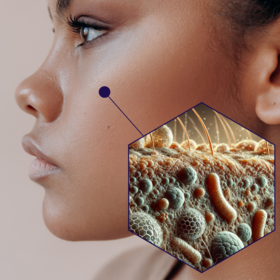
MPEG-G Microbiome Classification Challenge
$5 000 USD
Challenge completed 3 months ago
Classification
Federated Learning
Python
Deep Learning
780 joined
83 active
Start
Jun 20, 25
Close
Sep 15, 25
Reveal
Sep 15, 25
About
Each row in the dataset represents a single sample collected from one of four body sites, "Nasal", "Mouth", "Stool", "Skin".
The MPEG-G files contain compressed fastq files of 16S rRNA sequence profile features.
The data is split into 2 901 train and 1 068 test samples.
You are provided with data in this format. You will need to create 4x folders based on the four body sites for you federated learning solution.
The data is a stratified split by participant and insulin sensitivity.
Please note that not all samples have cytokine information provided.
Files
Description
Files
Is an example of what your submission file should look like. The order of the rows does not matter, but the names of the "ID" must be correct.
Test resembles Train.csv but without the target-related columns. This is the dataset on which you will apply your model to.
Join the largest network for
data scientists and AI builders
Status
© Zindi 2025